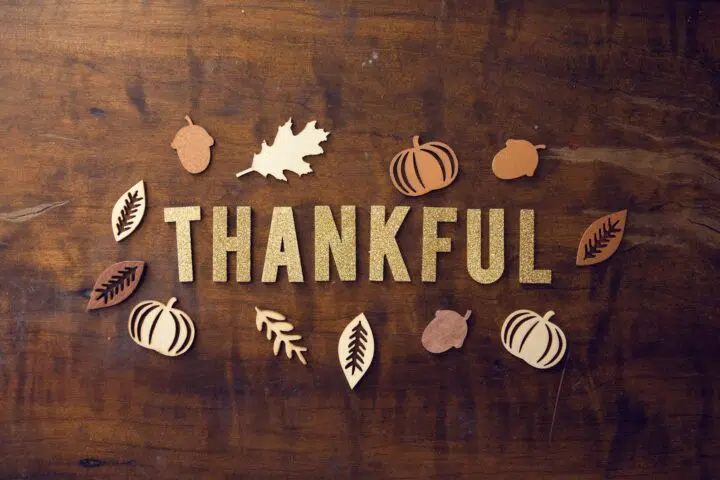I have a flash drive that is shaped like Speedy Gonzales. The other day, I was conducting a school visit and one of the students said, “What is that?”
“This?” I said. “It’s Speedy Gonzales. Don’t you recognize him?”
He did not. I guess I shouldn’t be surprised that a 21st century kid wouldn’t recognize “the fastest mouse in all Mexico,” but it made me sad. When I was a child, Speedy was not just a Looney Tunes cartoon character to me, he was a hero. He spoke in Spanish or in heavily accented English, much like my beloved grandmother. He wore the white shirt and trousers and yellow sombrero associated with peasants. The same outfit that was worn in the more common depictions of Mexican peasants as loafers resting their heads on their knees taking a siesta. But Speedy was anything but a loafer. Using wit, and daring, and super speed, he outwitted gringo Sylvester the Cat every time.
The other day, a librarian asked if we remembered the first book we read, or was read to us, that featured a character like us. I recall a book called Nancy Plays Nurse (illustrated by Dorothy Grider), in which the character looked a lot like me and even owned a cocker spaniel, as I did. But for many young children in my generation, recognizing themselves in a character was not a common occurrence due to their race, or a disability, or even a circumstance.
As artists of all kinds, we’re more aware than ever that we’re in a unique position to portray people (all people) in authentic ways. And by authentic, I mean depicting diverse characters or subjects in ways that are not cliché, and showing both the good and the bad in humanity, regardless of race, religion, ability, or circumstance.
When I speak at schools and mention that some of the characters in my books are Mexican American, like me, the Mexican kids pump their fists and say, “Yes!” I get the same reaction when I talk about my Jewish or Japanese American characters. It has not always been common to find diverse heroes in children’s historical fiction, but all kids deserve to see themselves in books and art and to understand that we’ve all been present throughout history, and we’ve all contributed.
I still mourn the fact that Speedy is somewhat forgotten today—I read somewhere that Speedy shorts weren’t aired on some American TV channels from 1985-2002 because certain aspects of the cartoon were considered stereotypical. But I’m glad this younger generation has new characters in books and movies and plays with whom they can relate. As for me, it’s Speedy all the way!
If you like this post, please share


